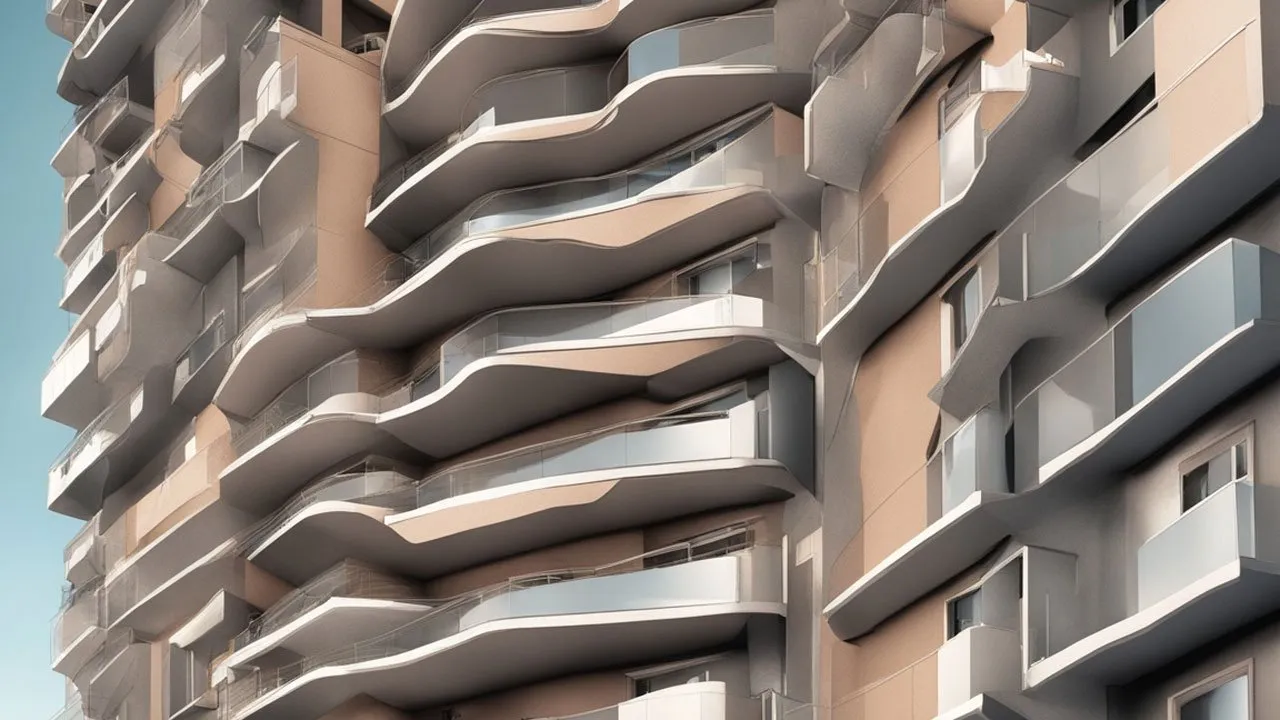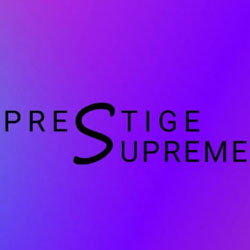3D Apartment Building key factors Architectural designs,

Exploring the Architecture and Design of Apartment Building, Architectural designs
What insider in the architect What are the key factors to coure of an apartment building?
The key factors to consider in the architecture of an apartment building include:
Functionality: The design should prioritize functionality to ensure that the building meets the needs of its residents. This includes considerations such as the number and size of units, common areas, parking facilities, and accessibility features.
Space utilization: Efficient use of space is crucial in apartment buildings. Architects need to optimize the layout to maximize the number of units while maintaining comfortable living spaces. This involves careful planning of room sizes, storage areas, and common spaces.
Structural integrity: The building should be structurally sound and able to withstand various environmental factors such as wind, earthquakes, and heavy loads. Architects need to consider the materials, construction techniques, and engineering principles to ensure the safety and durability of the building.
Aesthetics: The visual appeal of the apartment building is important for both residents and the surrounding community. Architects should consider the overall design, facade, landscaping, and integration with the surrounding environment to create an attractive and harmonious appearance.
Natural light and ventilation: Adequate natural light and ventilation are essential for the well-being and comfort of residents. Architects should incorporate design elements such as large windows, balconies, and open spaces to maximize natural light and airflow throughout the building.
Sustainability: With increasing environmental concerns, sustainable design practices are becoming more important in architecture. Architects should consider energy-efficient systems, use of renewable materials, waste management strategies, and integration of green spaces to minimize the environmental impact of the building.
Safety and security: The safety and security of residents should be a top priority. Architects need to incorporate features such as secure entrances, well-lit common areas, fire safety measures, and emergency evacuation plans into the design.
Accessibility: Apartment buildings should be designed to accommodate people with disabilities or mobility challenges. This includes features such as ramps, elevators, wide doorways, and accessible common areas to ensure equal access for all residents.
These factors are crucial in creating a well-designed and functional apartment building that meets the needs of its residents while considering sustainability, aesthetics, and safety
Why is sustainability important in the design of apartment buildings?
Sustainability is important in the design of apartment buildings for several reasons:
Environmental Impact: Apartment buildings have a significant impact on the environment in terms of energy consumption, water usage, and waste generation. Sustainable design practices aim to minimize this impact by incorporating energy-efficient systems, using renewable materials, implementing water-saving measures, and promoting waste reduction and recycling. By reducing the environmental footprint of apartment buildings, sustainability helps mitigate climate change, conserve natural resources, and protect ecosystems.
Energy Efficiency: Sustainable apartment buildings are designed to be energy-efficient, reducing the amount of energy required for heating, cooling, lighting, and other building operations. This not only reduces greenhouse gas emissions but also lowers utility costs for residents. Energy-efficient features may include insulation, high-performance windows, efficient HVAC systems, and the use of renewable energy sources such as solar panels.
Indoor Comfort and Health: Sustainable design principles prioritize the comfort and health of building occupants. Well-insulated buildings with proper ventilation systems can maintain a comfortable indoor temperature and air quality, promoting the well-being of residents. Additionally, sustainable materials and finishes are often chosen to minimize the release of harmful chemicals and improve indoor air quality.
Long-Term Cost Savings: While sustainable design may require an initial investment, it can result in long-term cost savings for both building owners and residents. Energy-efficient buildings have lower utility bills, reducing the financial burden on residents. Additionally, sustainable buildings are often designed to be durable and low-maintenance, reducing repair and maintenance costs over time.
Social Responsibility: Sustainable design in apartment buildings also addresses social responsibility by considering the needs of the community and future generations. By incorporating green spaces, promoting walkability, and providing amenities that encourage sustainable living, apartment buildings can contribute to the overall well-being and quality of life for residents.
Overall, sustainability in the design of apartment buildings is important for minimizing environmental impact, promoting energy efficiency, ensuring indoor comfort and health, achieving long-term cost savings, and fulfilling social responsibility. It is a holistic approach that considers the well-being of both residents and the planet.
What are the key factors to consider in the architecture fof an apartment
The key factors to consider in the architectural design of an apartment building include:
Space Planning: Efficient space planning is crucial to maximize the use of available land and create functional living spaces within the building. This involves determining the number and size of units, common areas, and amenities, as well as considering the flow of movement within the building.
Building Orientation: The orientation of the building plays a significant role in optimizing natural light and ventilation. Proper orientation can help reduce the need for artificial lighting and mechanical cooling/heating, leading to energy savings and improved comfort for residents.
Structural Design: The structural design of the building should be robust and able to withstand the loads imposed by the building’s weight, occupants, and environmental factors such as wind and seismic forces. It should also allow for flexible floor plans and future modifications if needed.
Building Envelope: The building envelope, including walls, windows, and roofs, should be designed to provide insulation, weatherproofing, and soundproofing. High-performance insulation materials and energy-efficient windows can help reduce energy consumption and improve indoor comfort.
Accessibility: The design should ensure accessibility for all residents, including those with disabilities. This includes providing accessible entrances, elevators, and common areas, as well as incorporating universal design principles to accommodate diverse needs.
Safety and Security: The architectural design should prioritize the safety and security of residents. This includes incorporating fire safety measures, such as fire exits and sprinkler systems, as well as implementing security features like secure entrances, surveillance systems, and adequate lighting.
Amenities and Common Areas: The design should include well-designed amenities and common areas that enhance the quality of life for residents. This may include recreational spaces, fitness centers, community rooms, outdoor areas, and sustainable features like green roofs or gardens.
Sustainability: Sustainable design principles should be integrated into the architectural design, as discussed in the previous question. This includes energy-efficient systems, use of renewable materials, water-saving measures, and waste reduction strategies.
Aesthetics: The architectural design should also consider the aesthetic appeal of the building, both externally and internally. A visually pleasing design can enhance the overall livability and marketability of the apartment building.
Regulatory Compliance: The design should comply with local building codes, zoning regulations, and other legal requirements. This ensures the safety, functionality, and legality of the apartment building.
These factors need to be carefully considered and balanced to create a well-designed apartment building that meets the needs of residents, complies with regulations, and contributes positively to the surrounding environment.




 3D Fashion Model
3D Fashion Model
 Fashion Model
Fashion Model




